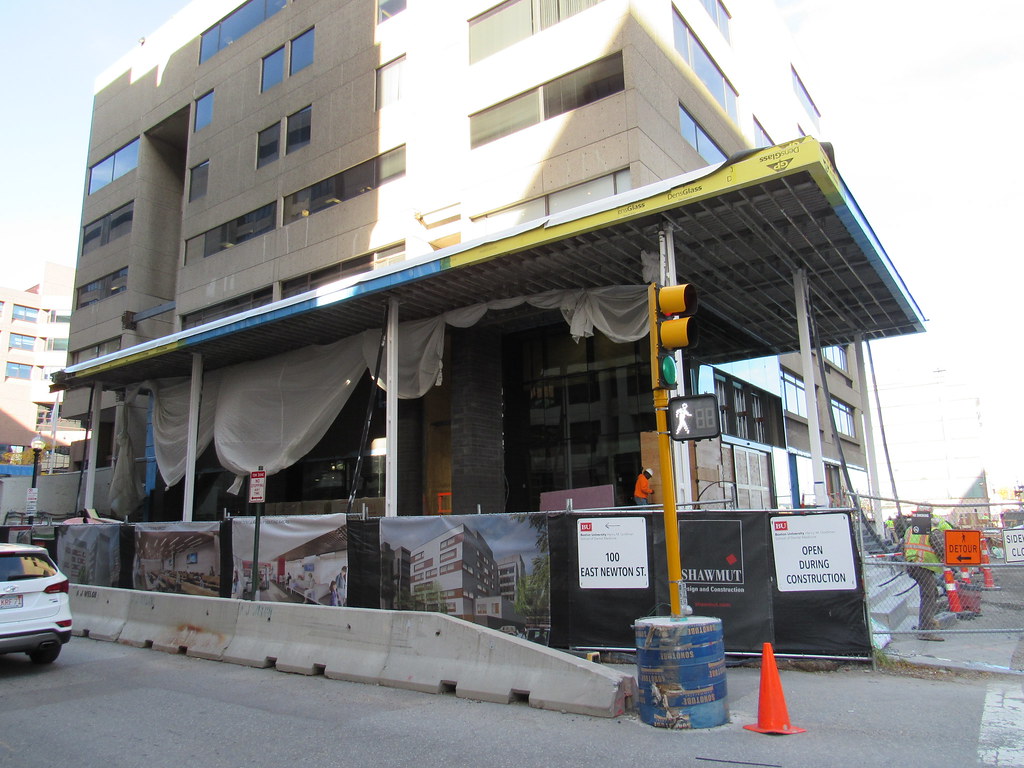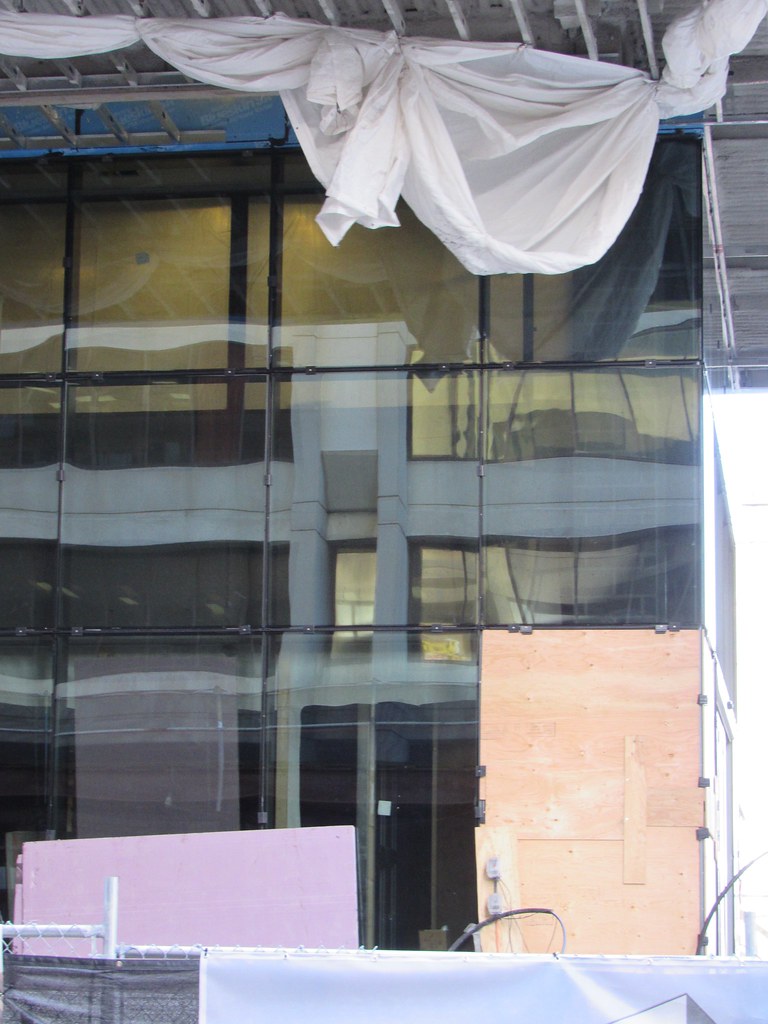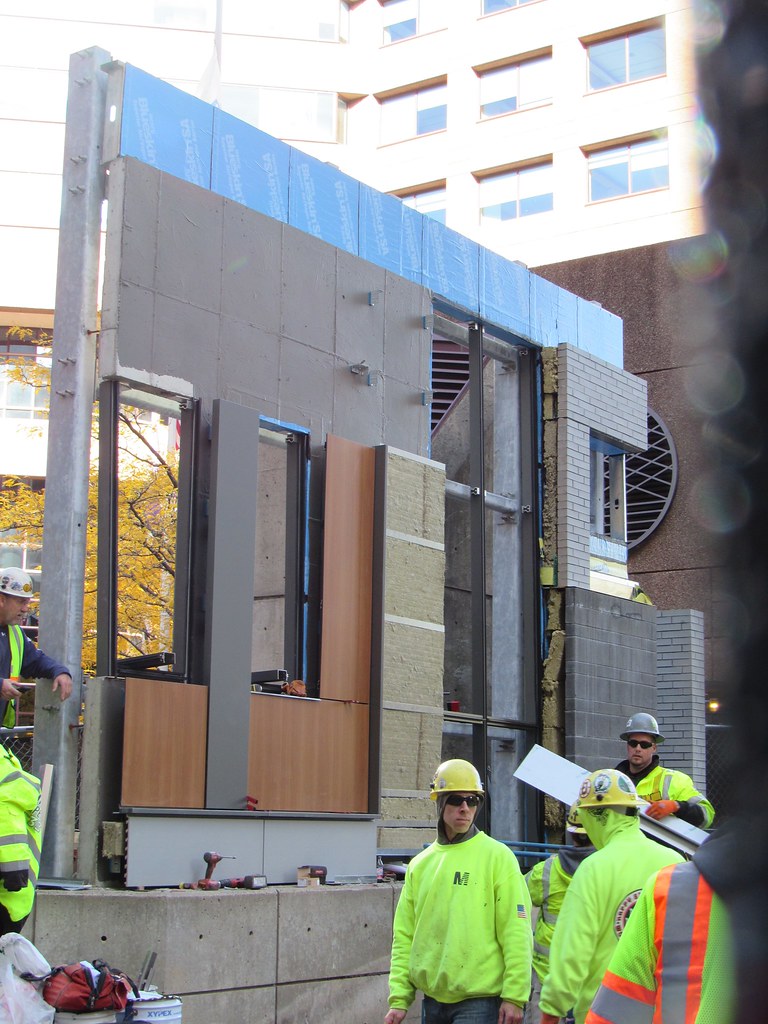The truncated domes should be oriented so a bling person goes straight into the crosswalk and into the next sidewalk. Instead, most of them send someone across into the fire hydrant
It's a should, not a shall. So the installation isn't illegal, but it is poor practice. The engineer who drew up that ramp interface didn't give a shit about best practice. Flexibility is allowed to accommodate cost issues (ie drainage), but thats not the case here.
We should expect better in a walking city in 2018
I'm more than a month late to this conversation, but this statement is actually the opposite of the truth, although it is a very frequent misunderstanding. The directionality of the domes is specifically not intended to communicate anything about which direction to walk. The domes are purely for a vision impaired pedestrian to sense beneath their feet and know they are entering the roadway.
https://www.access-board.gov/guidel...inal-report/x02-5-pedestrian-street-crossings
ADA said:Discussion: The detectable warning is a unique and standardized surface intended to function much like a stop sign to alert pedestrians who are blind or visually impaired to the presence of hazards in the line of travel. The truncated dome surface should not be used for wayfinding or directional information. The removal of curbs, which provided a clearly defined indication of the location of the edge of the street, has caused difficulty for individuals who are blind or visually impaired. The locations above were identified by the committee as being appropriate for the installation of detectable warnings. Detectable warnings are not required at unsignalized driveways based on comments to the committee that installation at driveways would make it harder to truly identify the streets.




